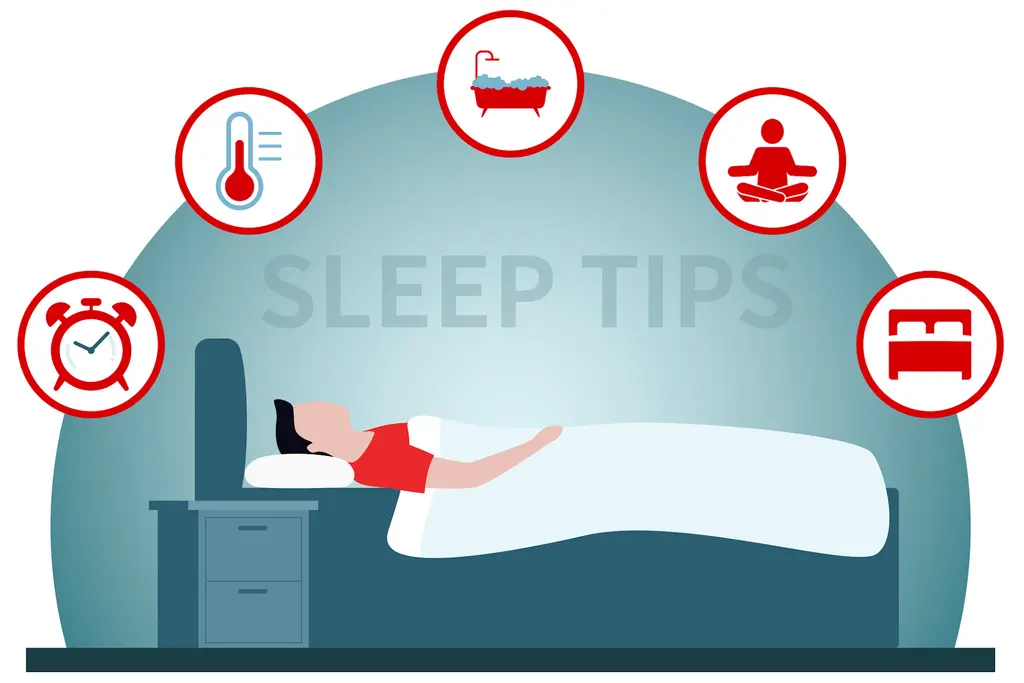Tips for Safe Driving with Idiopathic Hypersomnia

You're Unique
Studies that looked at driving performance among people with idiopathic hypersomnia (IH) – and other daytime sleepiness conditions, like narcolepsy – found that in real life, there are big differences in each person’s ability to drive and stay awake. So there aren’t any one-size-fits-all rules about driving. Whether you can safely drive should be based on your symptoms, how aware of them you are, and how you’re able to deal with sleepiness on the road.

Work With Your Doctor
One top goal of a care plan is to maximize your alertness level when you really need it, like when you’re behind the wheel. Share details with your medical team about how you feel when you drive. You might be energized when cruising along but sleepy when stuck in traffic. Then your doctor can outline the best possible treatment plan and figure out how fit you are to drive.

A New Medication Makes a Difference
In August 2021, the FDA approved the first-ever drug for IH: calcium, magnesium, potassium, and sodium oxybate (Xywav). It reduces excessive sleepiness and other symptoms. And that, in turn, could make driving safer. Oxybate is a controlled substance, so you can get the medication only from a certified prescriber, and it’s dispensed only from certified pharmacies.
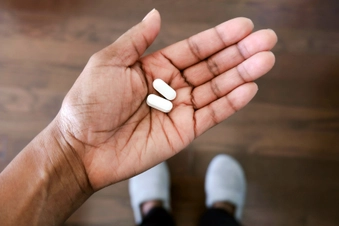
Other Meds May Boost Alertness
Modafinil, a narcolepsy drug, helps with extreme daytime sleepiness. In a small study, people with IH who took 400 milligrams per day for 5 days before an on-road driving test did better staying in their lane compared to those who took a placebo. Also helpful are two drugs that support specific brain chemicals: bupropion (Wellbutrin), an antidepressant, and selegiline (Eldepryl, Emsam), a drug often given for Parkinson’s disease.

Maintain Your Med Plan
It can be frustrating when medications take a long time to work, but it helps to stick with them. According to one study, people who stayed on their IH medication long-term did better when driving than those who’d had only a few months of treatment. In fact, the crash risk for people treated for at least 5 years was very close to that of people without IH.

Find Your Best Drive Time
Log times of sleep inertia (that sluggishness when you first wake up), naps and whether they help, hours of nighttime sleep and how you feel in the morning, and when you’re sleepiest and most alert during the day. Include any changes after you take your IH medicines. This can help you plan when you’ll be most able to drive safely. Also note the signs your body shows when you’re about to fall asleep so you can pull over if you need to.
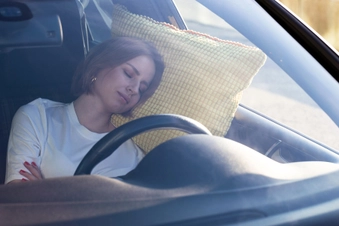
Know the Laws About Car Napping
Planned naps may not help you be more alert because they often turn out to be too long and don’t leave you refreshed, not to mention it can be hard to fully wake up. But you may still crave them. Sometimes the need to nap happens when you’re behind the wheel. So it’s important to know state and local laws about sleeping in a car in your own community and on the road to your destination when you take a trip. An online search can help you identify legal and safe places to park and nap.

Keep Your Medical Information in Your Car
A medical alert card is handy to show if you’re woken by the police or a concerned passerby while you nap. Get one free from the Hypersomnia Foundation. The foundation also suggests carrying a signed letter from your doctor explaining that you have IH and that it’s a neurologic sleep disorder that requires frequent naps. Place the card, letter, and your license (face down) next to you before you nap in case you need them in a hurry.
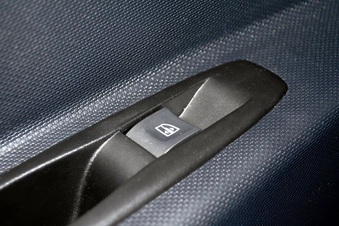
Nap Safely
When possible, turn off your engine before a nap to protect yourself from carbon monoxide. When it’s cold, use a blanket to stay warm. When it’s hot, crack the windows. If you must idle the engine, close the windows and park in an open-air space so the exhaust can clear out. Also, maintain your car’s exhaust system, check that nothing is blocking the pipes, and use a battery-powered carbon monoxide detector.

Put Alertness Tests in Perspective
Your doctor may use the Maintenance of Wakefulness Test. But it’s not a proven way to know how well you’ll do behind the wheel. It looks at how alert you are in times when you’re not active, not your real-world alertness when driving. Other tests, like SART and PVT, don’t seem to do a good job of predicting risks, either. A better gauge is your ability to monitor your sleepiness in real time, before and during driving, and make smart decisions.
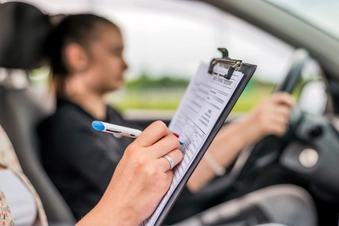
Take a Road Test
When available and affordable, check your fitness to drive with an on-the-road driving test or tests that help assess the different thinking skills involved in driving. These look at how well you react in various situations and can help tell whether it’s safe for you to drive.

Lifestyle Habits May Help
Steps you take to live better in general, like a daily schedule for activity and rest, may benefit you when you want to drive. Though they don’t work for everyone, popular strategies include caffeine drinks, daytime naps, and a set bedtime. Other possibilities are chewing gum, mindfulness training, and yoga.

Keep Up Your Emotional Well-being
Driving is just one of the challenges you face when you have IH. It helps to have a support network for sharing experiences and tips. Therapy can also give you tools to use in all your everyday activities, driving included. One type in particular, CBT or cognitive behavioral therapy, teaches you to manage feelings of frustration and anger about IH and its symptoms and develop skills to better handle them.
Show Sources
IMAGES PROVIDED BY:
- Catherine Falls Commercial / Getty Images
- The Good Brigade / Getty Images
- stevecoleimages / Getty Images
- Grace Cary / Getty Images
- Kwangmoozaa / Getty Images
- Kari Tapales / Getty Images
- Dima Berlin / Getty Images
- PATSTOCK / Getty Images
- David Crespo / Getty Images
- Portra / Getty Images
- ljubaphoto / Getty Images
- Guido Mieth / Getty Image
- recep-bg / Getty Images
SOURCES:
Traffic Injury Prevention: “On-the-road driving performance of patients with central disorders of hypersomnolence.”
Hypersomnia Foundation: “Treatment for Idiopathic Hypersomnia & Narcolepsy,” “Sleeping/Napping in Your Car Safely,” “Selegiline.”
FDA: “FDA Grants First of its Kind Indication for Chronic Sleep Disorder Treatment.”
Sleep Medicine: “Efficacy and safety of modafinil in patients with idiopathic hypersomnia without long sleep time: a multicenter, randomized, double-blind, placebo-controlled, parallel-group comparison study.”
Sleep: “Modafinil improves real driving performance in patients with hypersomnia: a randomized double-blind placebo-controlled crossover clinical trial.”
Plos One: “Car Crashes and Central Disorders of Hypersomnolence: A French Study.”
Frontiers in Neurology: “Idiopathic Hypersomnia-A Dynamic Simulation Model.”
Mayo Clinic: “Idiopathic Hypersomnia.”
Journal of Clinical Sleep Medicine: “Drowsy Driving Considerations in Non-Commercial Drivers for the Sleep Physician.”
American Academy of Sleep Medicine: “What is the Maintenance of Wakefulness Test?”
Journal of Sleep Research: “Comparing objective wakefulness and vigilance tests to on-the-road driving performance in narcolepsy and idiopathic hypersomnia.”
Sleep Medicine Clinics: “Idiopathic Hypersomnia.”
